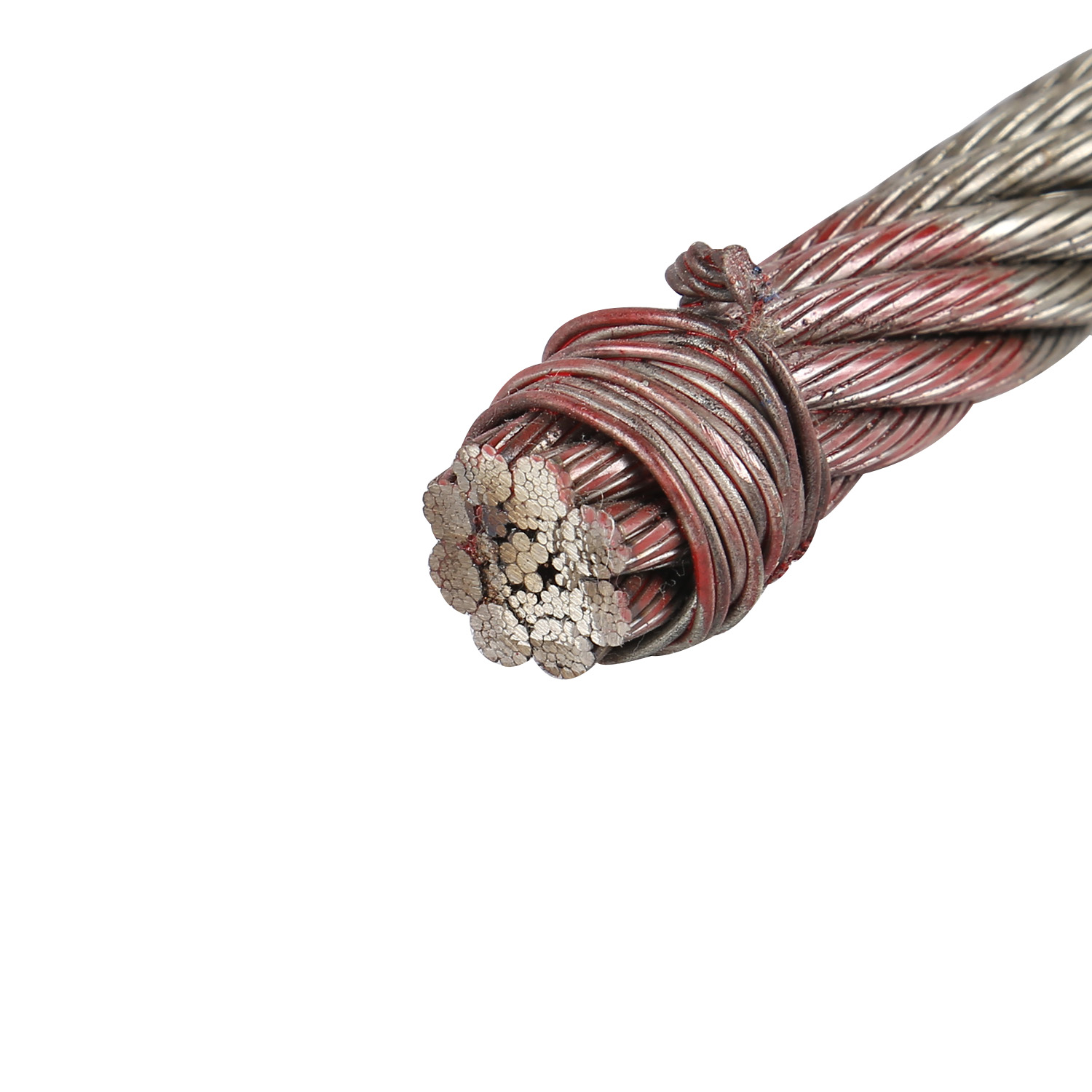Table of Contents
تاريخ الرافعة: الاختراع والتطور
شهدت الثورة الصناعية المزيد من التقدم في تكنولوجيا الرافعات، مع اختراع الرافعة التي تعمل بالبخار في القرن التاسع عشر. تم استخدام هذه الرافعات في المصانع وأحواض بناء السفن لرفع الآلات والمواد الثقيلة. أدى اختراع المحرك الكهربائي في أواخر القرن التاسع عشر إلى تطوير الرافعات الكهربائية، والتي كانت أكثر كفاءة وأسهل في التشغيل من نظيراتها التي تعمل بالطاقة البخارية.
في القرن العشرين، أصبحت الرافعات أداة أساسية في البناء والصناعة ، مع اختراع الرافعة البرجية في أوائل القرن العشرين، أحدث ثورة في طريقة تشييد المباني الشاهقة. أصبحت الرافعات البرجية الآن مشهدًا شائعًا في مواقع البناء حول العالم، حيث ترتفع فوق المباني وترفع الأحمال الثقيلة بسهولة. أدى اختراع الرافعة المتحركة في منتصف القرن العشرين إلى زيادة قدرات الرافعات، مما سمح بقدر أكبر من الحركة والمرونة في عمليات الرفع.
اليوم، تأتي الرافعات في مجموعة متنوعة من الأشكال والأحجام، من الرافعات المتحركة الصغيرة المستخدمة للرفع المواد الموجودة في مواقع البناء إلى الرافعات البرجية الضخمة المستخدمة في بناء ناطحات السحاب. تم تجهيز الرافعات الحديثة بتكنولوجيا متقدمة، مثل أجهزة التحكم وأجهزة الاستشعار المحوسبة، لضمان التشغيل الآمن والفعال. تُستخدم الرافعات أيضًا في مجموعة واسعة من الصناعات، بدءًا من البناء والتصنيع وحتى الشحن والخدمات اللوجستية.
في الختام، تتمتع الرافعة بتاريخ طويل وحافل، يعود تاريخه إلى آلاف السنين إلى الحضارات القديمة. أحدث اختراع الرافعة ثورة في طريقة رفع ونقل الأشياء الثقيلة، مما جعل البناء والصناعة أكثر كفاءة وإنتاجية. على مر القرون، تطورت الرافعات من أجهزة خشبية بسيطة إلى آلات معقدة مجهزة بتكنولوجيا متقدمة. اليوم، تعد الرافعات أداة أساسية في مجموعة واسعة من الصناعات، وتلعب دورًا حاسمًا في بناء العالم من حولنا.

The Industrial Revolution Saw further advancements in crane technology, with the invention of the steam-powered crane in the 19th century. These cranes were used in factories and shipyards to lift heavy machinery and materials. The invention of the electric motor in the late 19th century led to the development of electric cranes, which were more efficient and easier to operate than their steam-powered counterparts.
In the 20th century, cranes became an essential tool in construction and industry, with the invention of the tower crane in the early 20th century revolutionizing the way tall buildings were constructed. Tower Cranes are now a common sight on construction sites around the world, towering over buildings and lifting heavy loads with ease. The invention of the mobile crane in the mid-20th century further expanded the capabilities of cranes, allowing for greater mobility and flexibility in lifting operations.
Today, cranes come in a variety of shapes and sizes, from small mobile cranes used for lifting materials on construction sites to massive tower cranes used to build skyscrapers. Modern cranes are equipped with advanced technology, such as computerized controls and Sensors, to ensure safe and efficient operation. Cranes are also used in a wide range of industries, from construction and manufacturing to shipping and logistics.
In conclusion, the crane has a long and storied history, dating back thousands of years to ancient civilizations. The invention of the crane revolutionized the way heavy objects are lifted and moved, making construction and industry more efficient and productive. Over the centuries, cranes have evolved from simple wooden devices to complex machines equipped with advanced technology. Today, cranes are an essential tool in a wide range of industries, playing a crucial role in building the world around us.

